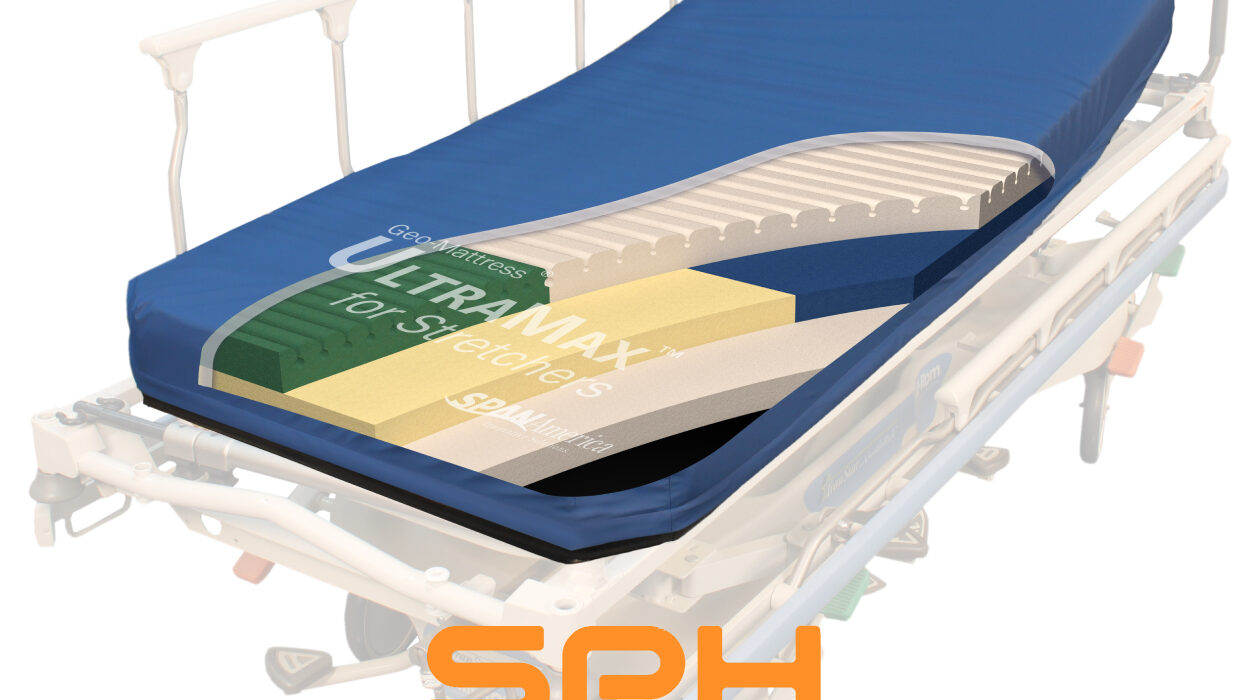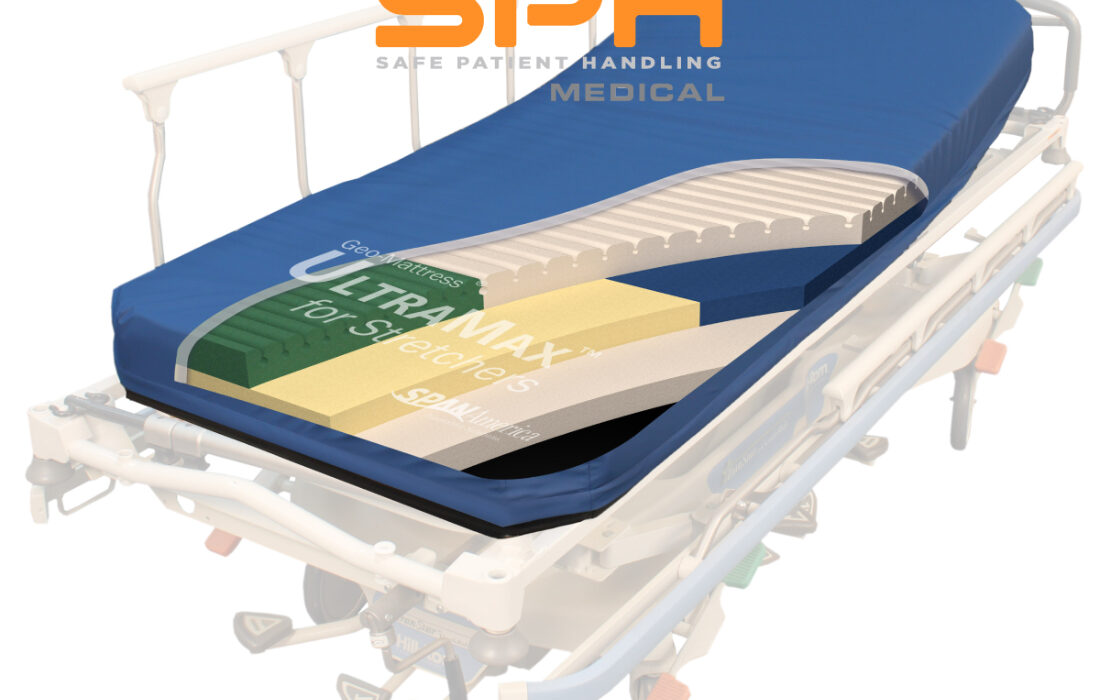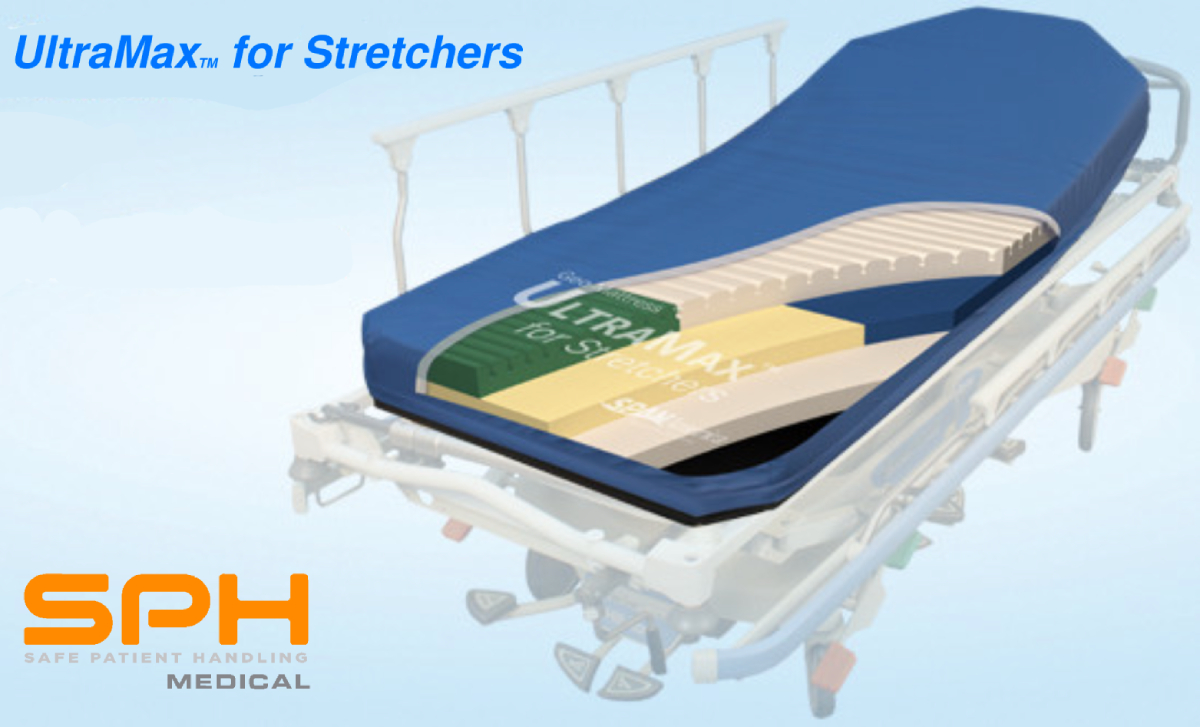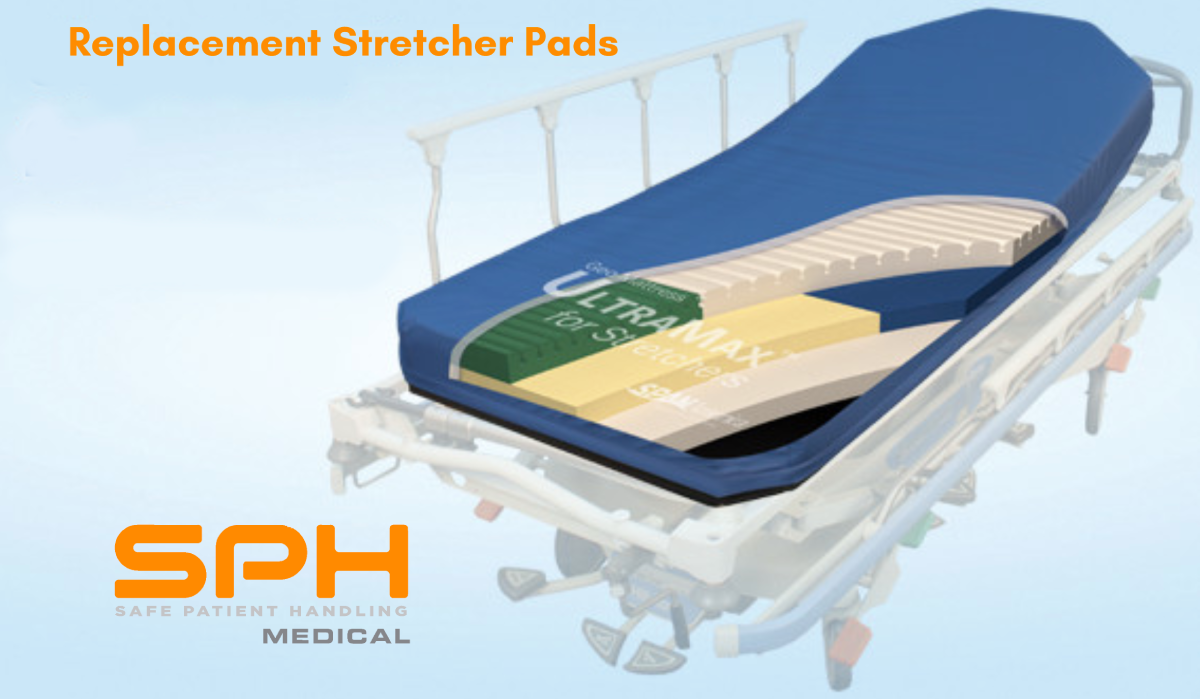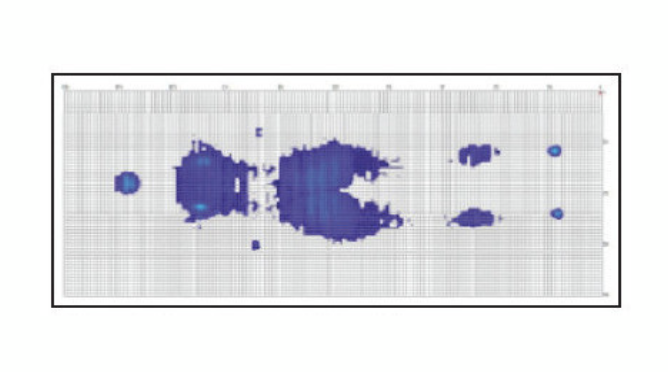In the realm of healthcare, SPH Medical’s UltraMax for Stretchers, manufactured by SPAN America, stands as a beacon of innovation. This revolutionary stretcher pad replacement technology is designed with an array of key features and benefits that set it apart. Superior pressure redistribution, maximum patient comfort, and pressure ulcer prevention are just the tip of the iceberg when it comes to the advantages of this product.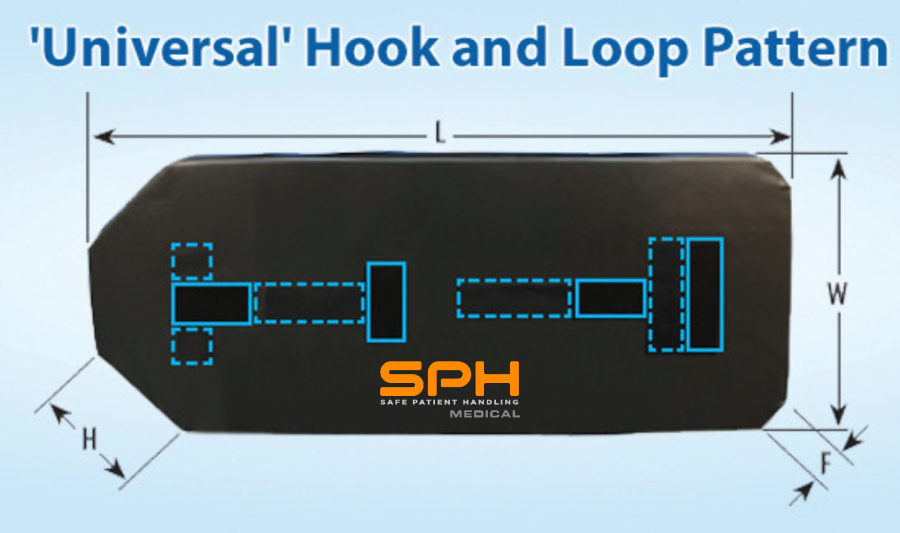
I. The Science Behind UltraMax for Stretchers and Pressure Ulcer Prevention
The advanced technologies used in UltraMax for Stretchers are a testament to the power of scientific innovation in healthcare. The UHP 500™ Ultra High Performance foam, specifically in the high-fatigue seat section, provides 55% higher support factor, yielding superior resiliency and recovery. Moreover, silicone-coated, shear-minimizing fabric bands situated on the cover’s underside help prevent heels, sacrum, and scapula from “digging into” the surface. These features protect against the damaging effects of micro shear, macro shear, and rotational (pivot-induced) shear.
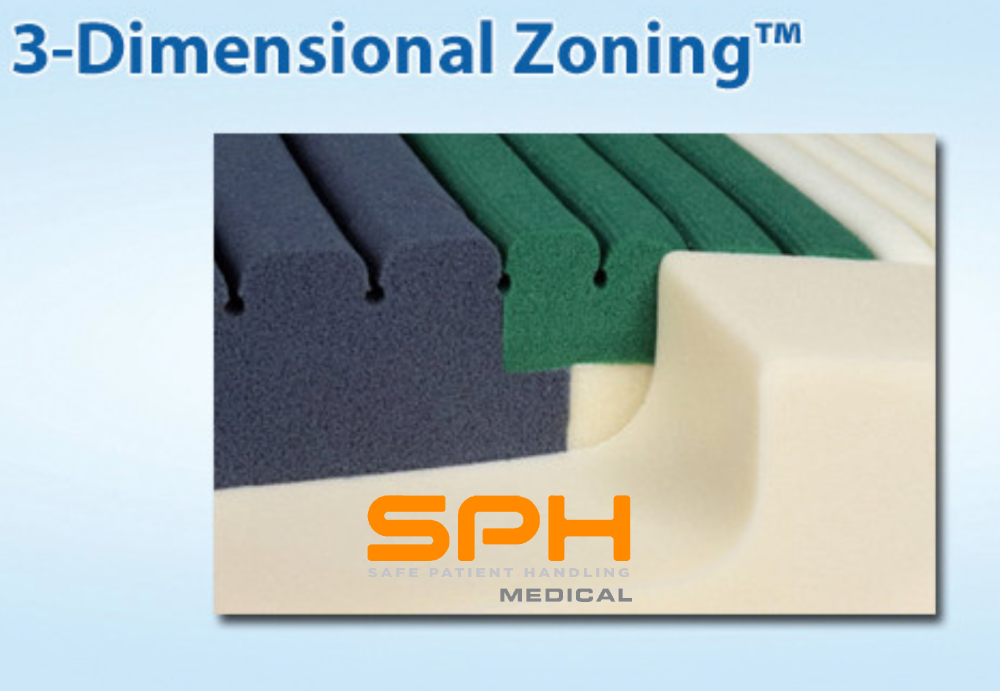 Pressure redistribution is a critical factor in patient comfort and prevention of pressure ulcers. UltraMax for Stretchers achieves this through innovative cushioning materials and design elements. Further, its low-friction, moisture-wicking, and breathable materials play a vital role in the pressure ulcer prevention mechanism.
Pressure redistribution is a critical factor in patient comfort and prevention of pressure ulcers. UltraMax for Stretchers achieves this through innovative cushioning materials and design elements. Further, its low-friction, moisture-wicking, and breathable materials play a vital role in the pressure ulcer prevention mechanism.
II. Pressure Ulcer Prevention and Accelerating Patient Recovery
Pressure ulcers, unfortunately, are one of the most common healthcare-acquired conditions. However, UltraMax for Stretchers is specifically designed to thwart their development. By addressing the key factors contributing to pressure ulcer development, this product offers an effective solution.
Clinical studies and research validate the effectiveness of UltraMax for Stretchers in preventing pressure ulcers and promoting faster patient recovery. This isn’t just a claim—it’s a fact backed by science.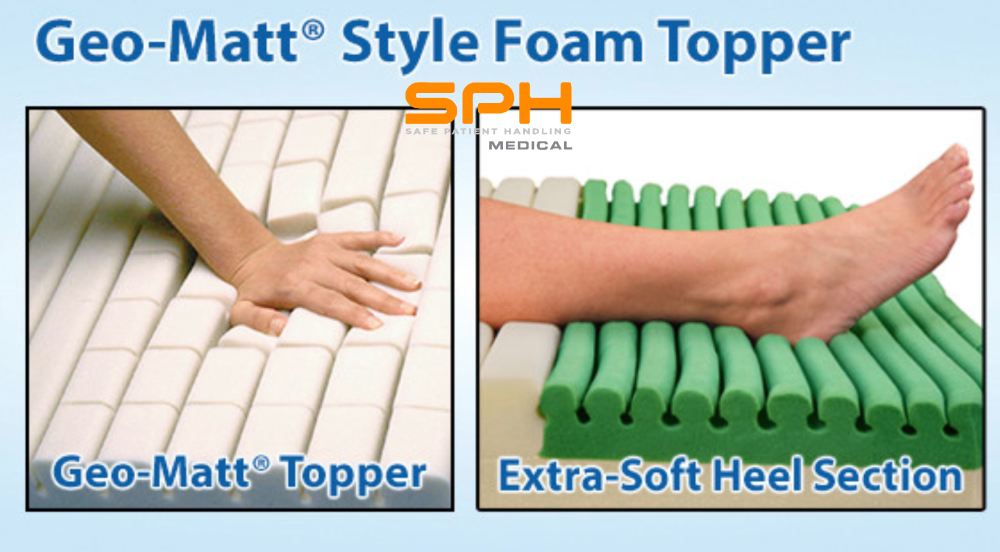
III. Real-Life Examples of Success
The real-life success stories of UltraMax for Stretchers speak volumes about its benefits. Medical staff and patients in hospitals, trauma centers, and emergency medical facilities have experienced firsthand the comfort and safety this product provides.
From significantly improved patient comfort to pressure ulcer prevention and positive healthcare outcomes, UltraMax for Stretchers has proven to be a game-changer. Testimonials from medical professionals and patients alike lend credibility and authenticity to these examples.
IV. Durable Construction and Cost Savings
Beyond providing superior comfort and safety, UltraMax for Stretchers is built to last, ensuring long-lasting performance even in demanding healthcare environments. This durability contributes to significant cost savings in the long run by reducing the need for frequent pad replacements.
The economic benefits for healthcare facilities are clear—reduced maintenance costs, increased operational efficiency, and improved patient satisfaction. It’s a win-win situation.
Conclusion: Pressure Ulcer Prevention
In summary, the unparalleled comfort, pressure ulcer prevention, and cost-saving advantages of UltraMax for Stretchers make it a standout product in healthcare. For medical professionals who prioritize the well-being and comfort of their patients, this is a must-have solution.
We encourage you to explore more about UltraMax for Stretchers and consider integrating this game-changing technology into your healthcare facilities. After all, providing the best care for your patients should always be your top priority.

